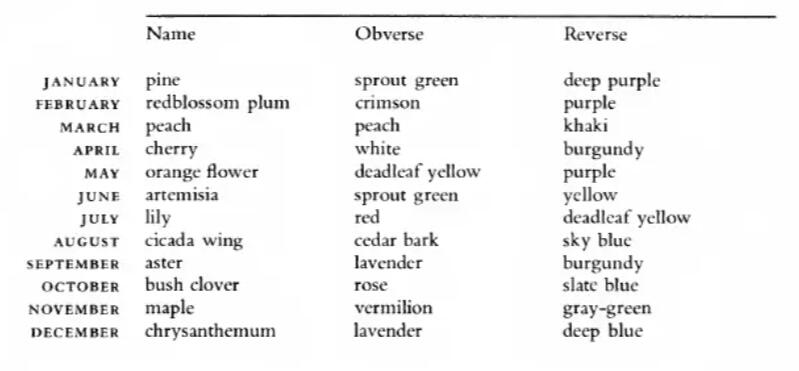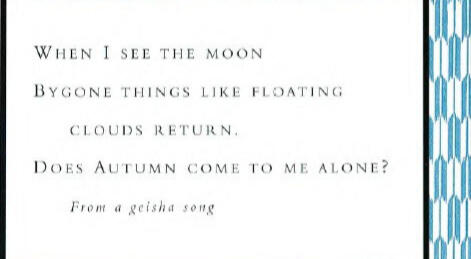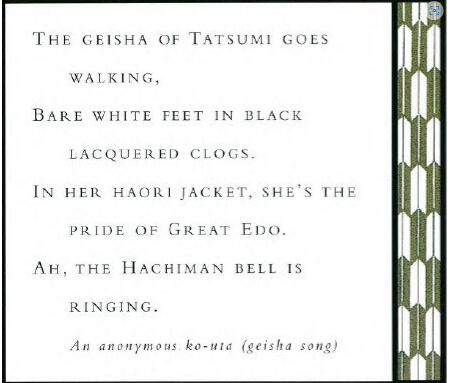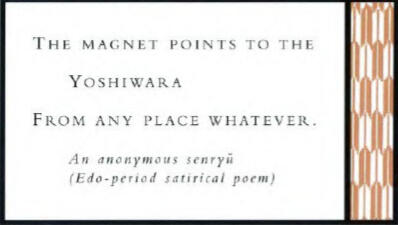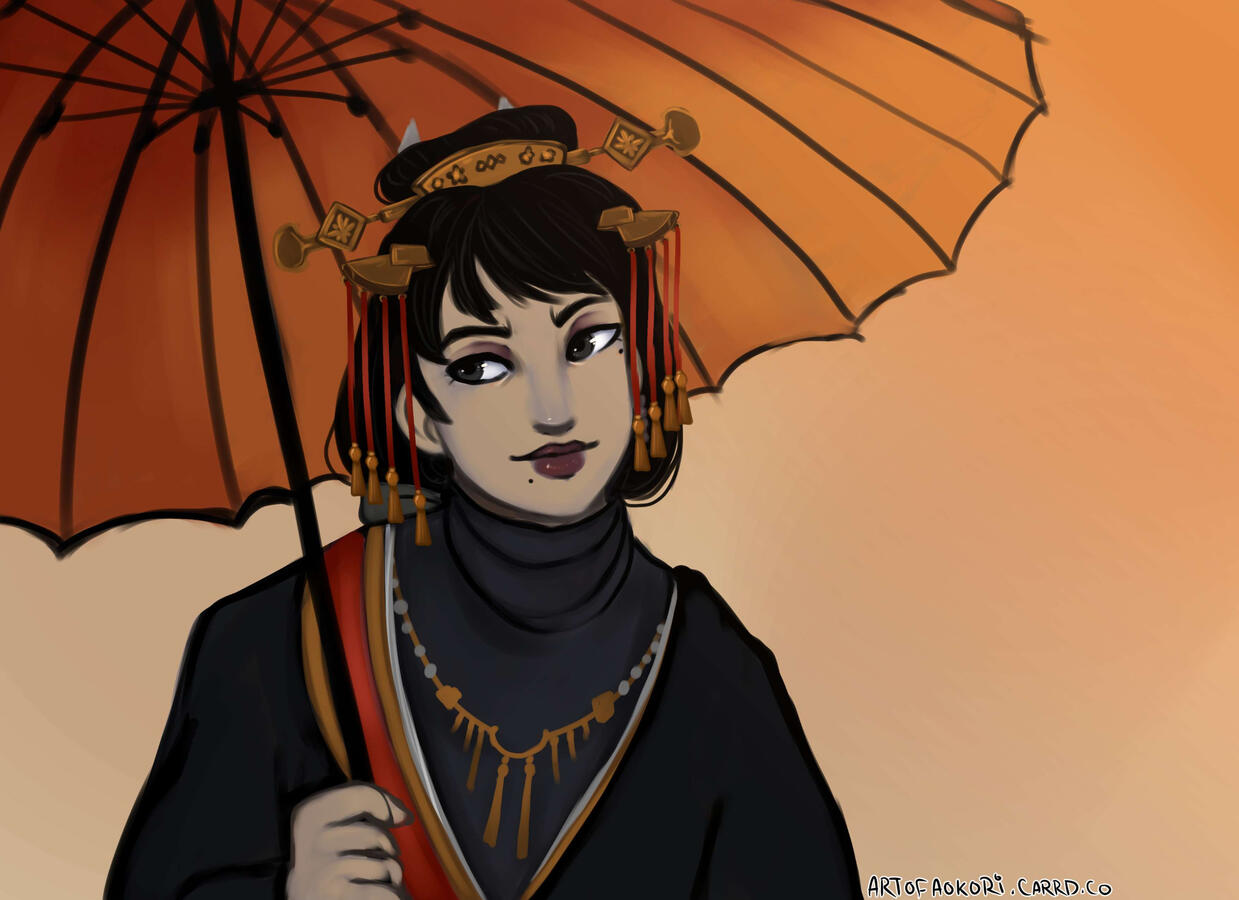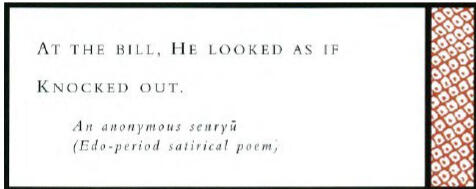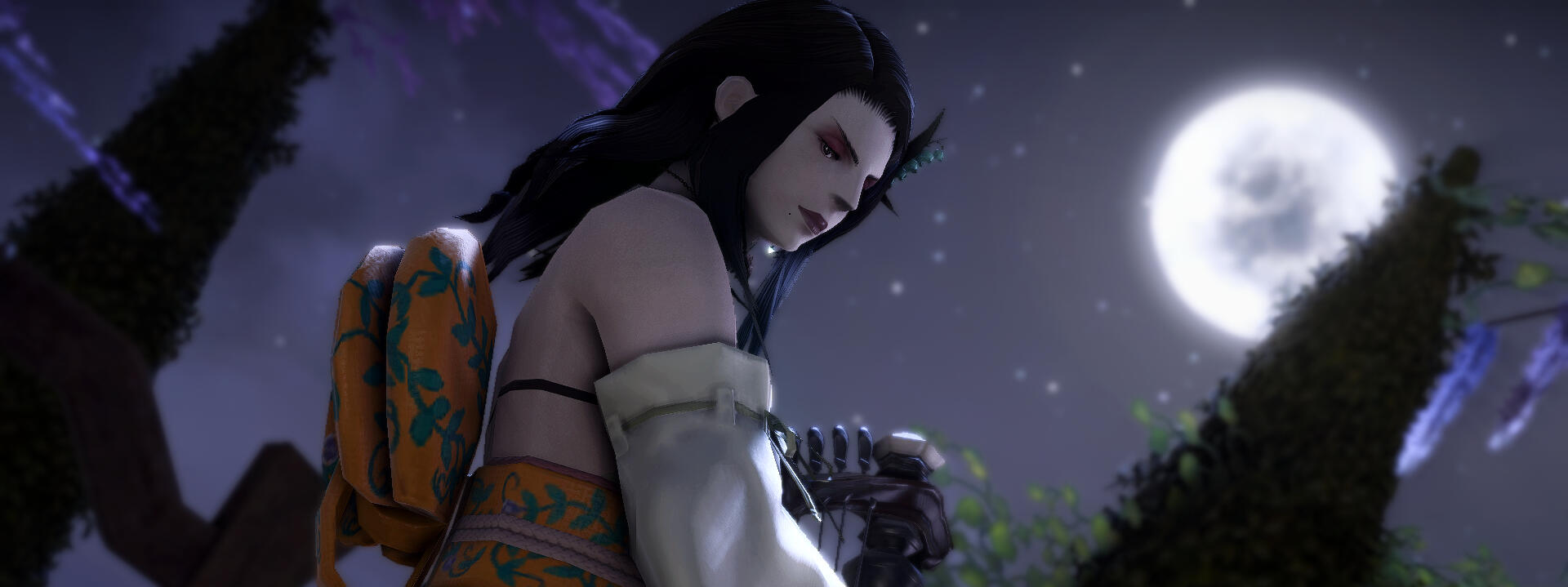
Chizuru
Crystal - Goblin

Name: Fujimori no Chizuru II
Birth Name: Tomoko
Race: Roegadyn | Hingan Hellsguard
Age: Young Adult
Occupation: Geiko
Residence: KuganeA young geiko in the 'Flower and Willow World' of Kugane's Sanjo Hanamashi, Chizuru's days are crowded with lessons and her nights going from teahouse to teahouse, entertaining the city's up-and-coming merchant class as well as their foreign guests, the smile on her face never faltering.One of the last members of a house with a history dating back through the Age of Blood, the women of the Fujimori okiya have long used their skills to collect information about their environment, subtly advising their patrons when need arises.When she entered into formal apprenticeship at one of Kugane's okiya, young Tomoko was given the art name Chizuru in honor of the okiya's lineage.As a maiko, Chizuru spent her years studying and practicing and shadowing her older sister at parties and engagements. Now, recently debuted as a full-fledged geiko, she is eager to continue to hone her craft and build her own clientele and reputation.

-Vistors to Kugane's Sanjo Hanamashi - whether local regulars or visiting foreign merchants and dignitaries - may recall Chizuru first as a novice and apprentice as her career as a full-fledged geiko is reasonably new.-An ardent student of both music and dance.-A lover of fashion and fine clothes.-The 'younger sister' of the more established geiko Chiyoko, also known within the flower district.-A regular performer at the annual Kugane-odori, where she is often cast in masculine roles such as samurai due to her stature.Moonflower Ochaya : Among her other obligations and engagements, Chizuru is registered at this more forward-thinking teahouse, and is available during the venue's open nights.-Geisha Asobi - Available on request for appropriate hosting assistance for a venue night or private event!
Including:
Company, conversation, drinking games, dance macros, storytelling, tea ceremony, bardic performance
(to inquire, please contact me in game or leave a message at the FC house: Goblin Shirogane Ward 6 Plot 4)
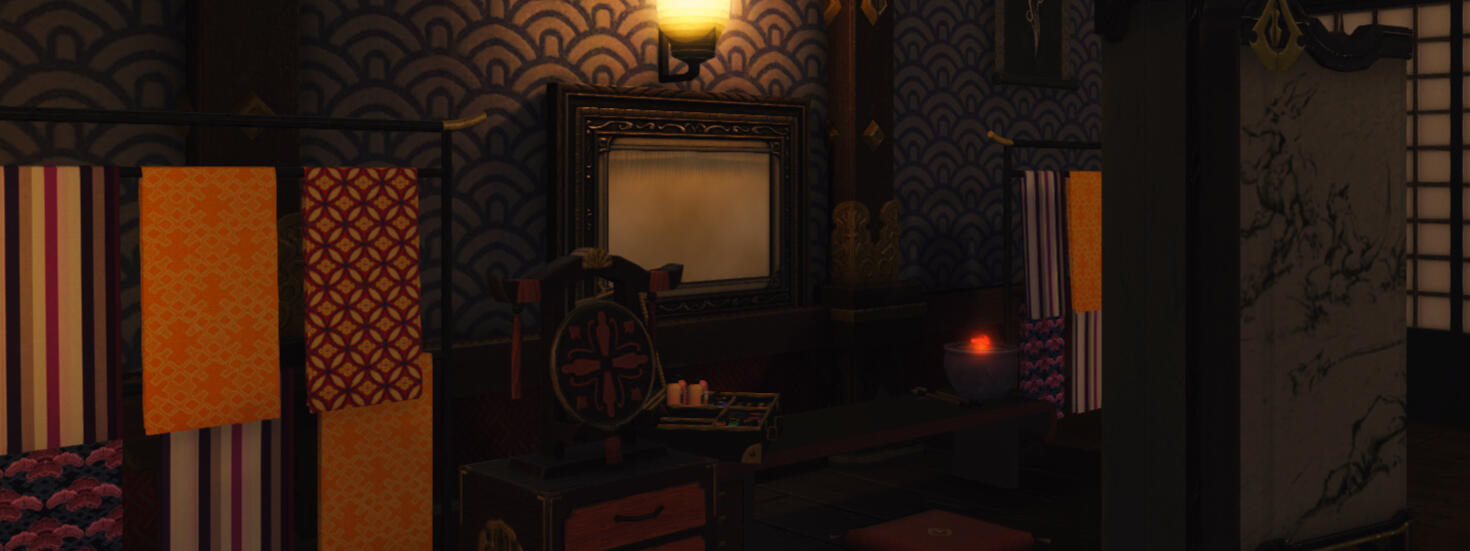
Fujimori Okiya
Goblin: Shirogane Ward 6 Plot 4Located in Kugane's Sanjo Hanamachi, the Fujimori Okiya has trained and housed geiko for countless years. Though smaller in size than some of the more famous houses, they have remained a consistent presence in the district since their founding.At the close of the Age of Blood,a popular geiko of the house, Chiyoryō , is rumored to have been quietly instrumental in brokering peace between brutally warring samurai clans in her maintaining a hospitable and light atmosphere in the teahouse where peace negotiations were held.Chiyoryō trained several apprentices during her career - it is common for geiko of the house to bear an element of her name in their own artist's names.
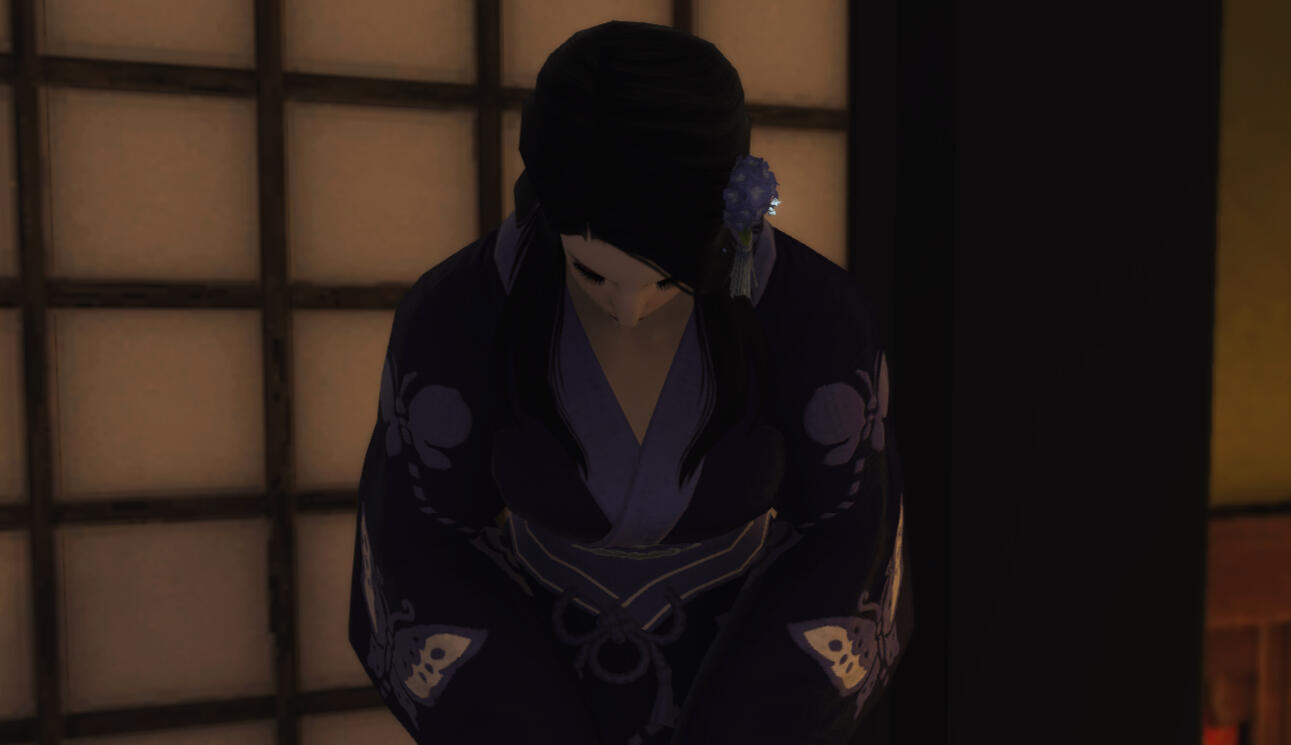
Thank you for reading this far! Here are some things I feel are important to know about me as a player:-I'm in US Eastern Time Zone.- I am over the age of 30 and do not engage with people under the age of 18.-I am by and large a 'casual' roleplayer for the most part, although I do enjoy deeper story and plot connections. I prefer these to develop as organically as possible.-I do not ERP and am not looking for romantic relationship RP. However, I am fine with themes such as sexuality, ribald or suggestive speech etc as a topic in RP.-Chizuru may engage in lightly flirtatious behavior; this is not intended to go anywhere beyond that nor is it an invitation for it to. I am happy to tone this down to your (and your character's!) comfort level - just let me know!-The images of poetry and songs on this carrd are all taken from the book: Life of Geisha by Eleanor Underwood
Jan-ken-pon: 'Scissors, Paper, Stone' or 'Rock, Paper, Scissors'System: Roll /random 3 to randomize your choice.
1: Scissors (beats: 2, beat by: 3)
2: Paper (beats: 3, beat by: 1)
3: Stone (Beats: 1 beat by: 2Loser must drink!Konpira fune fune:(System:
Either player can call that they are taking the block away at any time - the opposing player must beat 500 on a random roll to not foul!)How inebriated your character gets as the result of a loss in a game is up to you
January – The design of January kanzashi usually has an auspicious New Years' theme. Shōchikubai is a popular choice – a combination of pine (shō), bamboo (chiku) and plum blossoms (bai) in green, red and white. Other popular motifs are sparrows (suzume), spinning tops and battledore paddles (hagoita).
February – Usually trailing deep pink or red plum blossoms, said to symbolise young love and the approach of spring. Another less common theme is the pinwheel and the flowerball (kusudama) that is worn for Setsubun.
March – Trailing yellow and white rapeseed flowers (nanohana) and butterflies, as well as peach blossoms (momo), narcissus (suisen), camellia (tsubaki) and peonies (botan). A rare kanzashi featuring dolls that are used to celebrate the Hina Matsuri (Girl's Day Festival) can also be seen during this month.
April – Trailing soft pink cherry blossoma (sakura) mixed with butterflies and bonbori lanterns, signalling the approach of summer. Cherry blossom viewing at this time of year is a major cultural event in Japan. Kanzashi consisting of a single silver (or sometimes gold) butterfly (cho) made of mizuhiki cord are common.
May – Trailing purple wisteria (fuji) and flag irises (ayame), usually in blue or pink. Irises denote the height of spring while wisteria is a flower often associated with the Imperial Court (wisteria viewing parties have been celebrated by Japanese nobles since the Heian period).
June – Trailing green willow (yanagi) leaves with carnations/pinks (nadeshiko), or less commonly hydrangea (ajisai) flowers. This month is the rainy season in Japan, and therefore willow (a water-loving tree) and blue hydrangeas are appropriate.
July – Kanzashi featuring a display of fans (usually round uchiwa fans, but occasionally folding sensu fans) are featured. The fans refer to the Gion Festival which takes place at this time. The motifs featured on a maiko's fan kanzashi vary each year, in line with the festival. There are common themes such as dragonflies and lines denoting swirling water. Other kanzashi worn during July are fireworks kanzashi and dewdrops on grass (tsuyushiba).
August – Large morning glory (asagao) or susuki grass. The susuki grass appears as a starburst of spines made of silvered paper. Senior maiko wear white-backed silver petals and junior maiko wear pink-backed silver petals.
September – Japanese bellflower (kikyō). The purple tones are traditionally associated with autumn. Often these will be mixed with bush clover.
October – Chrysanthemum (kiku). These are well loved in Japan and are a symbol of the Imperial Family. Senior maiko will wear one large flower while junior maiko will wear a cluster of small flowers. Typical colours include pink, white, red, yellow, and purple.
November – Trailing autumnal leaves that are usually composed of the very popular Japanese maple. Maple viewing is the autumnal equivalent of cherry blossom viewing in Japan. Ginkgo and liquidambar leaves are also seen.
December – The Japanese make mochi at this time of year, and often decorate trees with them to represent white flowers. It is thought to be good luck to wear kanzashi featuring mochibana, or rice-cake flowers. December kanzashi also feature two maneki, name plates used by kabuki actors, which are initially blank.Traditionally, maiko visit the Minamiza Theatre and ask two of their favourite kabuki actors to autograph them with their kabuki nom de plume. Kanzashi for senior maiko feature green bamboo leaves while junior maiko have a colourful assortment of lucky charms.
New Year – At this time of year all maiko and geisha wear un-husked ears of rice in their hairstyles (maiko wear it on the right while geisha wear it on the left). These kanzashi also feature eyeless white doves. The maiko and geisha fill in one eye and ask somebody they like to draw the other for good luck in the coming year.
